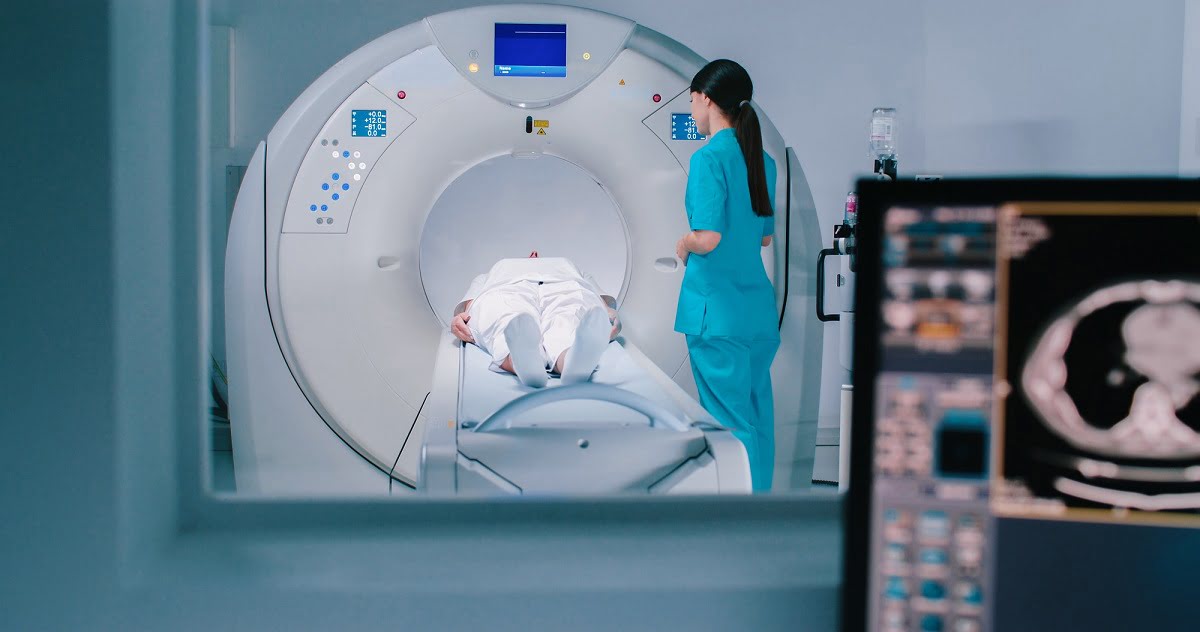Why is a CT Abdomen & Pelvis (Plain) Important?
A plain CT scan of the Abdomen and Pelvis offers several diagnostic advantages, making it an essential tool in various medical situations:
1. Detection of Kidney Stones: One of the most common uses of a plain CT scan in this region is to detect kidney stones. It can identify even small stones that may not be visible on traditional X-rays, helping to determine their size, location, and potential to cause blockages.
2. Evaluation of Abdominal Pain: Unexplained or acute abdominal pain is a frequent reason for ordering a plain CT scan. It can help diagnose conditions such as appendicitis, diverticulitis, and intestinal blockages.
3. Detection of Masses and Tumors: This scan can detect and evaluate masses or abnormal growths in the abdomen and pelvis, such as cysts, benign tumors, and malignancies. It helps determine the size and location of the mass and assesses its impact on surrounding organs.
4. Assessment of Trauma: For patients with abdominal injuries from accidents or falls, a plain CT scan can quickly identify issues such as organ damage, internal bleeding, or fractures of the pelvic bones. It is a rapid and effective way to evaluate trauma and guide emergency treatment.
5. Monitoring Chronic Conditions: For patients with chronic abdominal issues, such as inflammatory bowel disease (IBD) or chronic pancreatitis, a plain CT scan can be used to monitor the condition over time, helping to assess any changes or complications.
How is the CT Abdomen & Pelvis (Plain) Performed?
The procedure for a plain CT scan of the Abdomen and Pelvis is straightforward and involves several key steps:
1. Preparation: Generally, no specific preparation is needed for a plain CT scan, and fasting is usually not required unless specified by the healthcare provider. Patients should wear comfortable clothing and may need to remove metal objects like belts and jewelry to avoid image interference.
2. Positioning: The patient lies on a motorized table, typically on their back. The table then slides into the CT scanner, which is a large, circular device.
3. Scanning Process: The CT scanner rotates around the patient, taking multiple X-ray images from various angles. These images are compiled by a computer to produce detailed, cross-sectional images of the abdomen and pelvis.
4. Duration: The scan itself usually takes about 10 to 20 minutes, depending on the specific area being examined and the patient's ability to remain still during the procedure.
5. Post-Scan: There are generally no restrictions after the scan, and patients can return to their normal activities immediately. The radiologist reviews the images and sends a report to the referring doctor for further analysis.
Who Should Consider a CT Abdomen & Pelvis (Plain)?
A plain CT scan of the Abdomen and Pelvis is often recommended for patients with the following conditions or symptoms:
1. Acute Abdominal Pain: Patients experiencing severe or unexplained abdominal pain may undergo this scan to identify potential causes such as kidney stones, appendicitis, or diverticulitis.
2. Suspected Kidney Stones: For patients with symptoms like sharp pain in the side or back, nausea, and blood in the urine, a plain CT scan can confirm the presence of kidney stones and guide treatment.
3. Assessment of Trauma: In cases of blunt abdominal trauma from accidents or falls, a plain CT scan helps quickly assess internal injuries and guide immediate medical intervention.
4. Evaluation of Abdominal Masses: When a mass or swelling is detected during a physical exam or ultrasound, a CT scan can provide a clearer picture of the mass, helping determine its nature and whether further investigation is needed.









